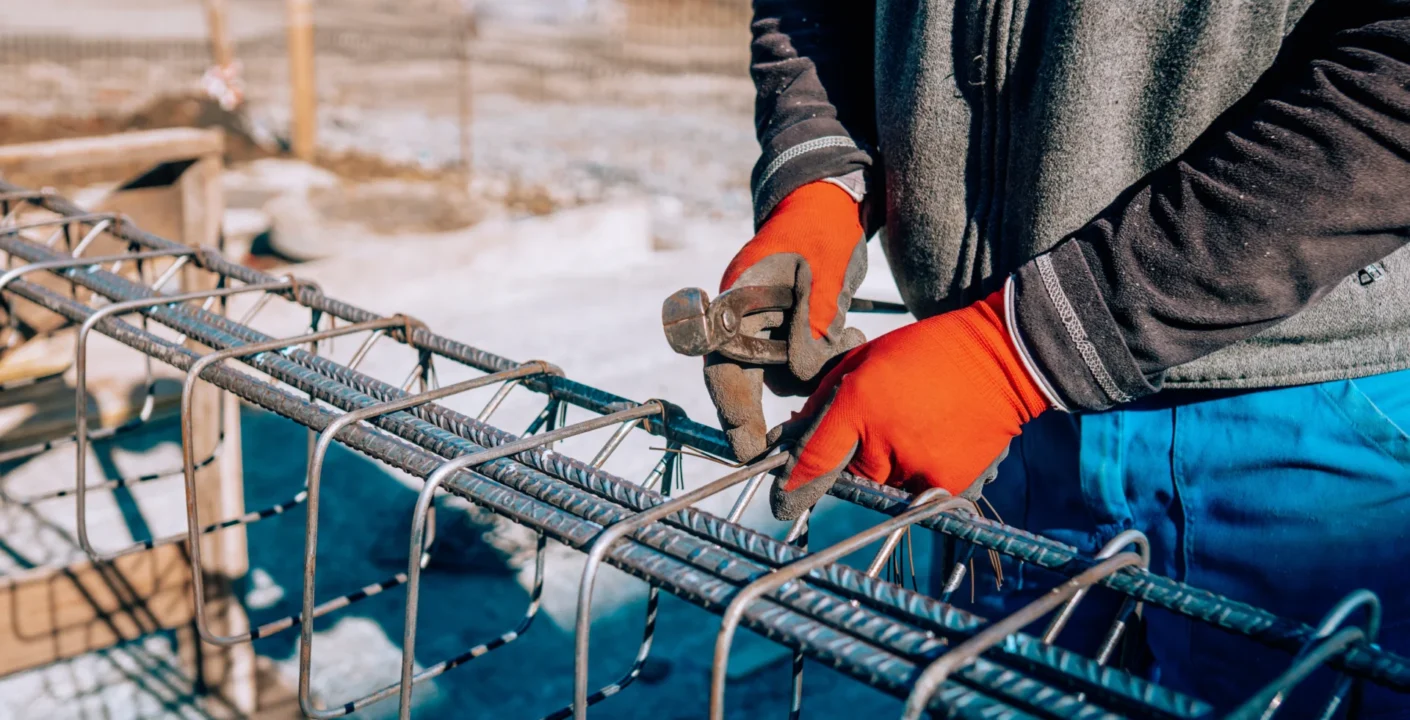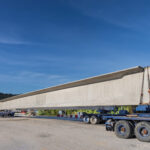Construction’s a high-stakes game. You’re putting up structures that will hold lives, investments, and dreams.
And yet, so many leaders still look at rebar detailing like it’s just another engineering checkbox. Wrong. It’s way more than that.
Good rebar detailing? It’s the backbone of risk management on your job site.
Ignore it, and you’re not just playing with steel—you’re gambling with structural stability, project timelines, and the trust of every single person who’ll walk into that building.
Real Talk: Structural Failures Aren’t Rare
You hear it on the news more often than you’d like: “Building Collapses in…” insert city here.
And you know what? Most of these stories have a common culprit—cutting corners on structural details.
Poor rebar detailing can lead to cracks, buckling, or worse, entire sections failing. That’s not just embarrassing; it’s dangerous.
And we don’t mean “oops, someone gets a slap on the wrist” dangerous. We mean lives-on-the-line dangerous.
Quality rebar detailing plans don’t just stop those nightmares—they make sure those nightmares never even get a foot in the door.
Timing is Everything
Ever been on a project where delays seem like a nasty habit?
One little hiccup can spiral into weeks of lost time.
Imagine this: your rebar installer’s scratching their head, squinting at plans that look like they’re written in a different language.
Confusion leads to mistakes, and mistakes lead to more delays.
Rebar detailing done right, though? It makes the process seamless.
It’s like giving your crew a map for a road trip instead of leaving them to guess the turns.
They’re in, they’re out, and your timelines are solid as the steel you’re working with.
Risk Management Starts with the Right Mindset
Look, we get it. To some, rebar detailing is just about making sure steel gets where it’s supposed to go.
But to anyone who’s seen a construction project up close, it’s much more.
This is about proactively managing risks before they become costly fixes or, heaven forbid, safety issues.
Picture this: you’re leading a high-rise project. You know that if your rebar detailer slips up, it could mean huge fixes down the road—or worse, a loss of faith from your investors.
If you’re treating rebar detailing like a “nice-to-have,” you’re asking for trouble.
Treat it like what it is: your first line of defense against the kind of risks that keep construction leaders up at night.
A Little Story from the Field
Let us tell you a story. A few years back, we was part of a project in Bangalore.
The client was in a hurry, cutting deadlines razor-thin, like so many projects these days.
They wanted to skimp on detailing, thinking they could catch up on time if they cut corners early on.
But we stood our ground. Told them straight: you mess with the rebar plans, and you’re setting yourself up for a world of hurt down the line.
We stuck with the full detailing. Fast forward to inspection, and the building was flawless. No cracks, no settling issues.
That client? They swore by full detailing after that. Sometimes you’ve gotta take a stand, because in the end, quality detailing pays for itself tenfold.
Leaders, Don’t Just Build It. Protect It.
When you see rebar detailing as a risk management tool, you’re thinking like a leader, not just a builder.
It’s about more than “sticking to code” or “making it safe.” It’s about showing the world that you’re serious about the long game, that your structures aren’t just steel and concrete but living, breathing commitments to quality.
If you’re a decision-maker, this isn’t just a technicality—it’s your responsibility to ensure the very bones of your project are sound, from the ground up.
So, next time you’re kicking off a new build, ask yourself: am I investing in quality rebar detailing? Or am I hoping to get lucky?
Because in this industry, luck’s never the foundation you want to build on.








